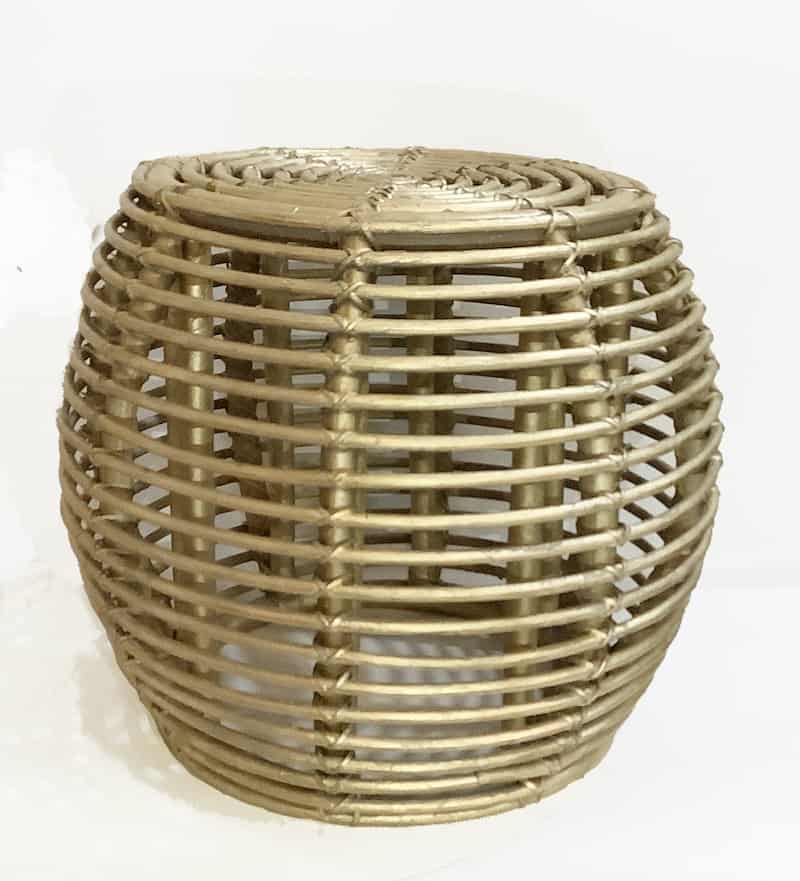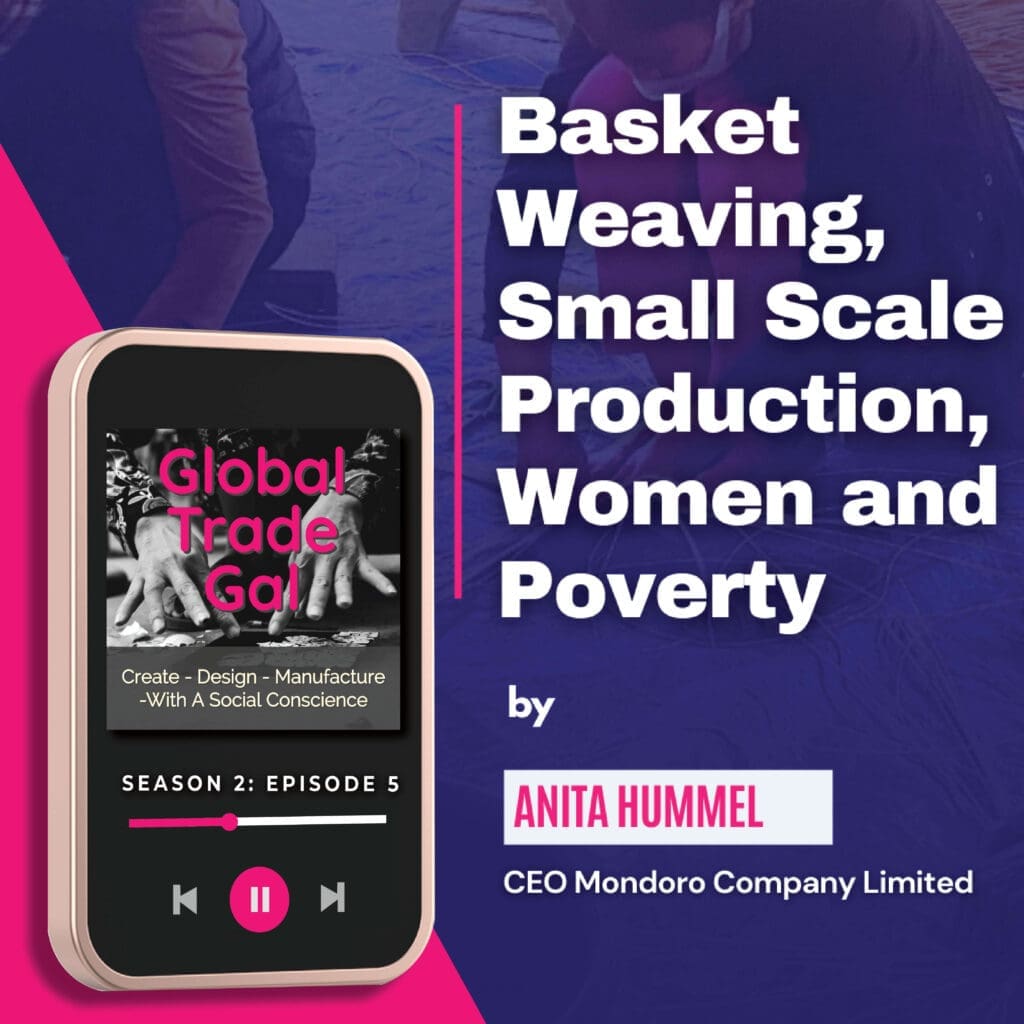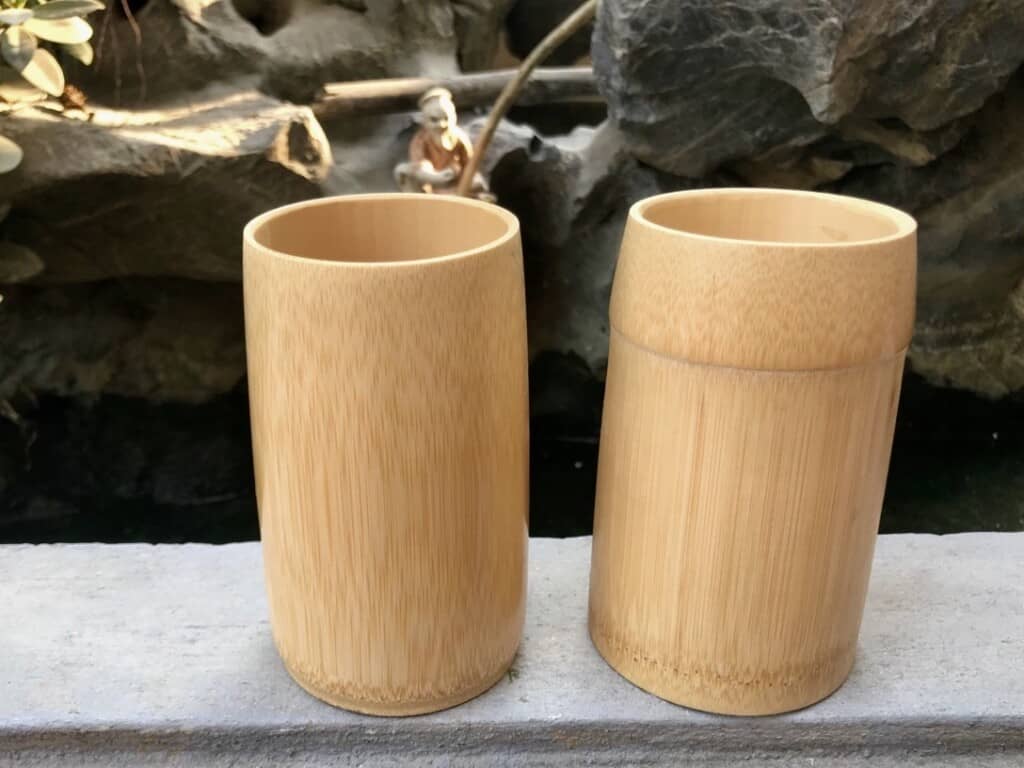Many times, people will use the word bamboo and rattan interchangeably. Rattan and bamboo are often discussed in the same sentence or reference, adding to the confusion between these natural materials.
Rattan and bamboo are not the same material, as they have different characteristics and uses. For example, bamboo is hollow and grows straight as a tree would. Rattan is a solid material easily bent and grows in rainforests as a vine. Though these two materials may seem similar and are often confused, they are very different and are manufactured and used for home decor products in different ways.
Table of Contents
- What Is The Difference Between Bamboo And Rattan?
- Rattan and Bamboo – Two Different Materials That Help Many People
- Key Points About Rattan and Bamboo
- Frequently Asked Questions
- Related Questions
What Is The Difference Between Bamboo And Rattan?
A common misconception in home decor is that bamboo and rattan are the same material. The truth is that rattan and bamboo are drastically different materials used differently.
Below we have a chart to help explain some of the differences between bamboo and rattan materials and how they are used for home decor products and development.
| Quality | Bamboo | Rattan |
| Bending | Does Not Bend | It can Be Bent, Very Flexible |
| Hardness | Harder than Mahogany Wood | Hard and flexible |
| Inside | Hollow inside | Is A Solid Material |
| Growing | Grows straight up as a tree | Grows As a Vine |
| Finishing | Can finish and paint | Takes Stains and Paints Very Well |
| Where Found? | Worldwide but mainly in Asia, Africa, and Latin America. | Usually found in tropical rainforests in Africa, Asia, and Australia. |
| Largest Country of Source | China | Indonesia. |
| Plant Species | A Grass Plant | Belongs to the palm family (Arecales or Palmea) |
| Number Species | Over 1,000 species of bamboo are known | Over 600 species and 13 genera of rattan are known. |
| Growth Rate | One of the world’s fastest-growing plants (some bamboo will grow 1.5″ per hour) | Very fast-growing. |
| Use For Home Decor | It can be used for baskets, shades, furniture, lamps, and other accessories | It can be used for baskets, shades, furniture, lamps, and other accessories |
If you see a chair and are unsure if it is made from rattan or bamboo, look at the design and structure of the chair. If you see that the chair has a lot of curves and small intricate pieces, the chances are that the chair is made from rattan, not bamboo. One of the easiest ways to tell the difference between rattan and bamboo materials is to look at their characteristics and how they are used.
Both of these materials continue to be popular materials. China continues to be one of the world’s largest producers of bamboo and rattan products. Not far behind China are other countries such as Vietnam. Vietnam now has a thriving trade in baskets, handicrafts, and other items made with bamboo and rattan.

To find out more about rattan, you can read our blog on What is The Rattan Material Used in Home Decor Products? by clicking here.
You can also discover more about bamboo by reading our blog Bamboo – An Auspicious Plant For Your Home by clicking here. Or our blog on What is Spun Bamboo? Using Spun Bamboo in Product Development by clicking here.
Rattan and Bamboo – Two Different Materials That Help Many People
Many of the world’s trade statistics continue to show that bamboo and rattan products continue to economically benefit many people around the world. One reason is that natural products or any natural elements in the home continue to be an important home decor trend.
Most people do not think about the economic impact that rattan and bamboo have upon the world’s economies. The truth is that rattan and bamboo are very important, readily available materials in many parts of the world.

Listen To Our Podcast Basket Weaving, Small Scale Production, Women and Poverty below or by clicking here.
In Asia, bamboo has long been favored as a popular scaffolding material for buildings, including some high-rise buildings. At the same time, rattan has been traditionally used for furniture or baskets.
Without people having access to rattan and bamboo, many people around the world would fall into poverty. In a place like Vietnam, the production, distribution, and manufacturing of rattan and bamboo are helping to support entire villages and communities.
Key Points About Rattan and Bamboo
Even though bamboo and Rattan are two different materials, many times when it comes to trade statistics, they are looked at as two materials with one statistic. The reason is that they are similar in so many ways.
Here is some essential information about rattan, including its sourcing, processing, and applications in various products.
China remains the world’s leader in the bamboo and rattan trade.
China continues to be a world leader in both rattan and bamboo products, manufacturing and trade. The truth is that this is only part of the picture because even though they remain the world’s leader, only a small portion of the rattan and bamboo they use is actually exported. Much of it is used for domestic consumption.
Just think about all those disposable bamboo chopsticks that the Chinese use daily to eat noodles or rice. I have been to a chopstick factory and seen how they make bamboo chopsticks by the millions.
No wonder China continues to be one of the world’s leaders in bamboo and rattan consumption, manufacturing, and trade.
Bamboo chopsticks are a great example of the difference in how bamboo and rattan are used. Bamboo is a great material for chopsticks as bamboo is hard and straight.
The majority of bamboo and rattan materials or trade are still used domestically.
The majority of bamboo and rattan materials and products are still used for domestic consumption in the countries in which the materials are found. This is one reason why these two materials’ international trade figures are so incomplete.
It is estimated that only about 5% of rattan and bamboo materials are exported. Most are simply used domestically within the countries themselves.
For example, if you go out to Sapa in North Vietnam, you will find many Hmong and other Hill tribes using bamboo baskets for everyday work in the fields. Also, fishermen in Vietnam use bamboo to make boats and fishing traps for their fishing.
Where rattan and bamboo materials are readily available in a country, these materials are also intricately woven into the culture and fabric of these societies.
Highly processed rattan and bamboo items are increasing in popularity.
Many people worldwide have discovered the beauty of bamboo and rattan goods. Many are now using rattan and bamboo in highly processed ways. Examples are bamboo fabrics, bicycles with bamboo frames, floors, or bamboo cutting boards.

Traditional Home Decor products are an important part of the trade
Even though there has been a trend for rattan and bamboo items to be highly processed, many of the more traditional items, such as baskets, furniture, lamps, mirrors, lighting, and lampshades, continue to be a popular way to use the rattan and bamboo materials.
Part of this may be that many people consider this a green product in that both rattan and bamboo are very fast-growing plants. The other reason is that now there is a home decor trend for anything that is natural.
You can learn more about the natural trend for home decor by reading our blog, The Peaceful Sanctuary Home Decor Color Palette and Trends, by clicking here.
Rattan and bamboo continue to be essential materials that are used worldwide. The use of them not only has an impact on the world’s economies, but there are also great materials to be used in the home decor industry.
Find out more about how Mondoro can help you create, develop, and manufacture excellent home decor and furniture products – don’t hesitate to contact me, Anita. Check out my email by clicking here or become a part of our community and join our newsletter by clicking here.
Mondoro gives out a FREE Lookbook to anyone interested. You can receive a copy of our latest Lookbook by clicking here.
Listen to our Podcast called Global Trade Gal. You can find it on all major podcast platforms. Try out listening to one of our podcasts by clicking here.
Subscribe to our Mondoro Company Limited YouTube Channel filled with great videos and information by clicking here.
Frequently Asked Questions
What is the difference between rattan and bamboo?
Rattan and bamboo are both natural materials commonly used in furniture and crafts. The main difference lies in their botanical classification, physical properties, and appearance.
Are rattan and bamboo the same thing?
No, rattan and bamboo are not the same thing. They come from different plant families and have distinct characteristics.
What is rattan?
Rattan is a type of climbing palm that belongs to the Arecaceae family. It is known for its flexible and durable stems, which are used in furniture making and weaving.
What is bamboo?
Bamboo is a fast-growing woody grass belonging to the Poaceae family. It has a hollow stem and is widely used for construction, furniture, and various other applications.
Can rattan and bamboo be used interchangeably?
Rattan and bamboo have different properties, so they are not typically used interchangeably. However, they can complement each other in certain applications or designs.
What are the physical differences between rattan and bamboo?
Rattan stems are solid, flexible, and have a uniform diameter. In contrast, bamboo stems are hollow, rigid, and vary in diameter depending on the species.
Which material is stronger, rattan, or bamboo?
Bamboo is stronger than rattan. Rattan is known for its strength and flexibility, making it suitable for weaving and furniture construction. Bamboo, on the other hand, is known for its strength and rigidity, often used in structural applications.
Is rattan or bamboo more sustainable?
Both rattan and bamboo are considered sustainable materials. Rattan grows quickly and can be harvested without killing the plant. Bamboo is known for its rapid growth and regenerative properties, making it highly renewable.
Are rattan and bamboo eco-friendly choices?
Both rattan and bamboo are generally considered eco-friendly choices due to their sustainable growth patterns and minimal environmental impact compared to other materials like hardwood.
Related Questions
What Is The Eco-Friendly Seagrass Materials Used in Home Decor Products?
Seagrass is, exactly as the name implies, a grass that grows in the sea or in saltwater areas. As Vietnam has access to a lot of tropical oceans, seagrass is abundant in Vietnam. A lot of the seagrass used for manufacturing home decor products is farmed to be cut and processed specifically for seagrass weaving. This seagrass is cut, dried, spun, dyed, and then woven into many different items, including baskets, lampshades, furniture, and area rugs. But seagrass also has some great eco-friendly properties, making it a great alternative to plastic.
You can find out more by reading our blog, Eco-Friendly Seagrass Materials Used in Home Decor Products by clicking here.
How Do Your Weave Water Hyacinth Baskets Into Home Décor Products?
Water hyacinth used to be a nuisance on the waterways around Vietnam as the water hyacinth plant grows on the water and is extremely fast-growing. Today the plant is cut and dried and then handwoven into beautiful baskets and other home decor products. The water hyacinth material can be left in its natural color, dyed or painted in various shapes and forms.
You can find out more by reading our blog About Weaving Water Hyacinth Baskets Into Home Décor Products by clicking here.

